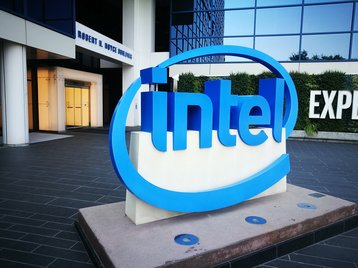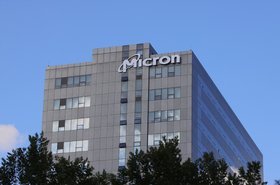Intel has reported a net revenue loss of $400 million in the first quarter of 2024, with the company’s Foundry business unit continuing to experience a significant downturn.
A month after the newly carved out business unit reported $7 billion in operating losses in 2023, on April 25 Intel Foundry reported a $2.5bn operating loss during the first quarter of the year, with year-on-year revenue down 10 percent for the unit.
Last month, CEO Pat Gelsinger said that the revenue decline for the Foundry unit was not unexpected and the company expected 2024 would see it post its biggest operating losses, before eventually breaking even in 2027.
However, speaking on the company’s earnings call after the results had been posted, Gelsinger told analysts the company expected to see “over $500 million in [AI accelerator Gaudi 3] revenue in the second half of 2024 with increasing momentum into 2025.”
Unveiled at the start of April, the Gaudi 3 is an AI accelerator designed to compete with the Nvidia H100, providing 1835 teraflops of FP8 compute performance and 128GB of HBM2e.
Despite the poor performance of Intel Foundry, the business units making up the company’s new product segment faired better. Its Client Computing Group – the business unit responsible for PC and laptop chips – performed the best, with quarter-over-quarter revenue up 31 percent to $7.5bn, while Intel’s Data Center and AI business also saw sales rise, increasing by three percent compared to Q1 of the previous year, reaching $3bn.
The company’s Network and Edge unit saw a quarter-over-quarter decrease of eight percent, dropping to $1.4bn.
“We are executing on our strategy to drive meaningful improvement in profitability over time. We are obviously not there yet, given the large upfront investment we needed to build out this business,” Gelsinger told analysts on Thursday. “But we always said this was going to be a multi-year plan, and we are right on track with where we expect it to be right now.”
He added that Intel expects to see its average wafer pricing triple in comparison to costs over the coming decade, which will drive “significant margin expansion.”
“In addition, more competitive wafers will allow us to bring home many of the tiles that today are being manufactured at external foundries,” Gelsinger said.
Intel is also looking to reduce the total number of outsourced wafers from 30 percent to 20 percent and take full advantage of its newly purchased High-NA extreme ultraviolet (EUV) lithography scanner from Dutch EUV company ASML.
In addition to its weaker than expected financial results, Intel has also found itself in the firing line of US politicians after it was revealed last week that Huawei’s first AI-enabled laptop, the MateBook X Pro, contained Intel's new Core Ultra 9 processor.
As reported by Reuters, there is no suggestion that Intel broke any sanctions laws by supplying the chips to the Chinese company, however, politicians who are vocal critics of China have said any authorization of the shipment by the Commerce Department “would be unacceptable and a failure to enforce export controls against a blacklisted champion of the Chinese Communist Party (CCP).”
In March, it was announced that Intel would receive $8.5 billion in direct funding, $11bn in low-interest rate loans, and a 25 percent investment tax credit on up to $100 billion of Intel’s capital investments under the Act. It will be used to support the company’s investments in Arizona, New Mexico, Ohio, and Oregon where the company is expanding its chipmaking facilities.







